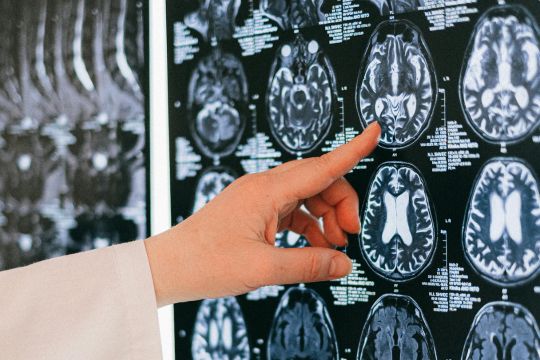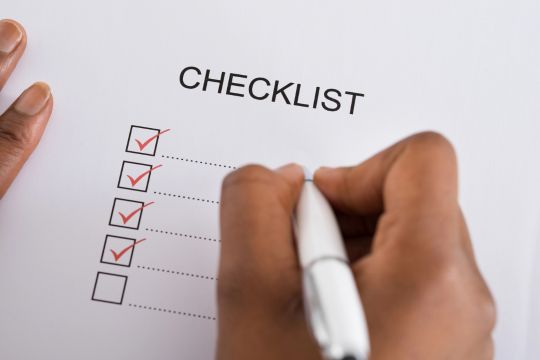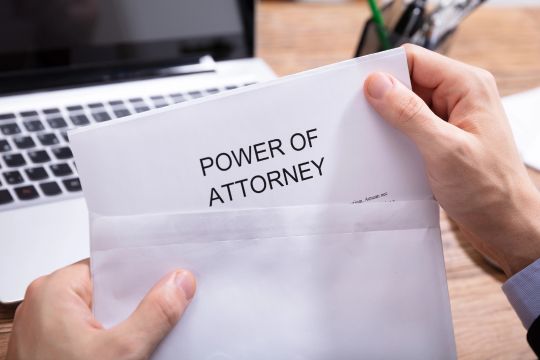Acquired brain injuries (ABIs) represent some of the most challenging and complex cases within Victoria's Transport Accident Commission (TAC) compensation scheme. Unlike visible physical injuries, ABIs often manifest as "invisible" or "hidden" disabilities, affecting cognitive function and communication in ways that aren't always immediately apparent. This invisibility frequently leads to misunderstanding, with the behaviours and responses of ABI sufferers often misinterpreted or not recognised as consequences of their injury.
Building a strong TAC claim for an ABI case requires a solicitor to obtain comprehensive medical evidence, combined with an in-depth understanding of the TAC scheme's protocols and frameworks. This article outlines the essential elements needed to construct a compelling claim that accurately represents the profound and often lifelong impacts of an ABI.
Understanding the unique challenges of ABI claims
Cases for clients with ABIs have distinct challenges. Unlike broken bones or visible wounds, brain injuries often present no outward physical signs, making them "invisible disabilities" that are easier to dismiss or underestimate. ABIs can affect cognition, emotional regulation, personality and basic functioning in ways that evolve over time, creating complex long-term impacts.
All clients also have their own unique rehabilitation journey, making future prognosis particularly difficult to establish. Furthermore, the effects of an ABI extend beyond the injured individual to transform family dynamics and relationships, creating a family-wide impact that must be taken into account in the compensation claim.
Essential medical material and instructions
Comprehensive initial medical records
The foundation of any successful ABI claim begins with an in-depth interview with the client and their loved ones.
It is then critical that thorough documentation is obtained from the earliest stages post-accident. Such documentation can include:
- Ambulance and emergency department records: These provide critical evidence of the immediate post-accident condition, including Glasgow Coma Scale readings, PTA duration and initial neurological assessments.
- Hospital admission records: Including duration of hospitalisation, treatment provided and clinical observations during this period.
- Neuroimaging results: CT scans, MRIs and other imaging that identify structural damage or abnormalities.
- Surgical intervention documentation: If applicable, detailed records of any neurosurgical procedures performed.
Specialist medical opinions
Strong ABI claims typically require input from multiple medical specialists:
- Neurologist reports: Documenting physical brain damage, neurological deficits and likely causation linked to the accident.
- Neuropsychological assessments: Critical for establishing cognitive deficits that may not be apparent on imaging but significantly impact function.
- Psychiatrist evaluations: Addressing psychological sequelae, including depression, anxiety, PTSD and personality changes resulting from the injury.
- Rehabilitation specialist reports: Documenting progress through rehabilitation programs and future rehabilitation needs.
Ongoing treatment documentation
Consistent documentation of treatment over time strengthens a claim by demonstrating:
- Persistence of symptoms: Regular medical appointments showing ongoing challenges rather than resolution.
- Treatment response patterns: Evidence of which interventions have or haven't produced improvements.
- Medication requirements: Documentation of medications needed to manage symptoms, including any side effects experienced.
- Therapeutic interventions: Records from speech therapy, occupational therapy, physiotherapy and psychological counselling that address ABI-related deficits.
Beyond medical evidence - building a comprehensive picture
The client’s story and medical evidence form the centre of any ABI claim. However, in order to maximise someone’s compensation, a solicitor needs to also obtain additional evidence to ensure that a Court can see the full impact of the injury:
Functional assessments
- Occupational therapy assessments: Detailed evaluations of how the injury affects daily living activities, from self-care to household management.
- Vocational assessments: Expert analysis of work capacity, employment limitations and potential future earnings impact.
- Neuropsychological functional testing: Objective measurements of cognitive deficits in attention, memory, processing speed and executive function that impact everyday life.
Before and after evidence
One of the most powerful aspects of a strong ABI claim is comprehensive documentation that contrasts the client's pre- and post-injury life:
- Employment records: Prior performance reviews, attendance records and earnings history compared with post-injury capacity.
- Financial documents: Tax returns, group certificates, PAYG summaries, pay slips etc:
- Educational transcripts: Academic performance before the injury compared with post-injury educational attempts;
- Witness statements: Detailed accounts from family members, friends and colleagues describing observed changes in cognition, personality, behaviour and capabilities;
- Personal records and communications: Journals, emails or messages that demonstrate changes in communication style, decision-making or emotional regulation.
Care and support documentation
Future care needs represent a significant component of compensation in serious ABI cases:
- Care needs assessments: Expert evaluations detailing the type and extent of assistance required for daily living.
- Support worker logs: Documentation from existing care arrangements demonstrating actual assistance requirements.
- Home modification assessments: Evaluations of necessary physical changes to accommodation to support independence.
- Assistive technology recommendations: Specialist reports on devices and technology that may compensate for deficits.
Strategic approach to evidence collection
The timing and coordination of evidence collection can significantly impact a client’s case. In the initial post-accident phase, priority should be placed on medical material. This includes securing all emergency and acute care records and documenting all initial symptoms (even those that seem minor at first).
Navigating TAC protocols and procedural requirements
Building a strong case for a client with an ABI should be complemented by following the TAC Protocols, including obtaining Joint Medical Examinations (JMEs).
It is critical to properly prepare clients for JMEs and to ensure that the JMEs are properly briefed with all of the required information and medical material.
Special considerations for clients with diminished capacity
For ABI clients with significant cognitive impairment, a solicitor should be mindful of ensuring that their client understands legal advice and can give instructions. If this is not the case, then either an Enduring Power of Attorney, Litigation Guardian or VCAT appointed Administrator must be put into place.
Robinson Gill’s approach to handling ABI cases
Building a strong TAC claim for an ABI case requires far more than standard medical material. It demands a multifaceted approach that captures both the medical reality and the lived experience of brain injury.
The most successful claims view each case as a complex puzzle extending beyond basic medical evidence. By incorporating diverse evidence sources - from specialist medical opinions to testimony from friends and family - a practitioner can create a complete picture of how injury has transformed a person’s life and secure the compensation needed for their ongoing care and support.
For more information or support on a TAC claim, get in touch with our road accident team.







